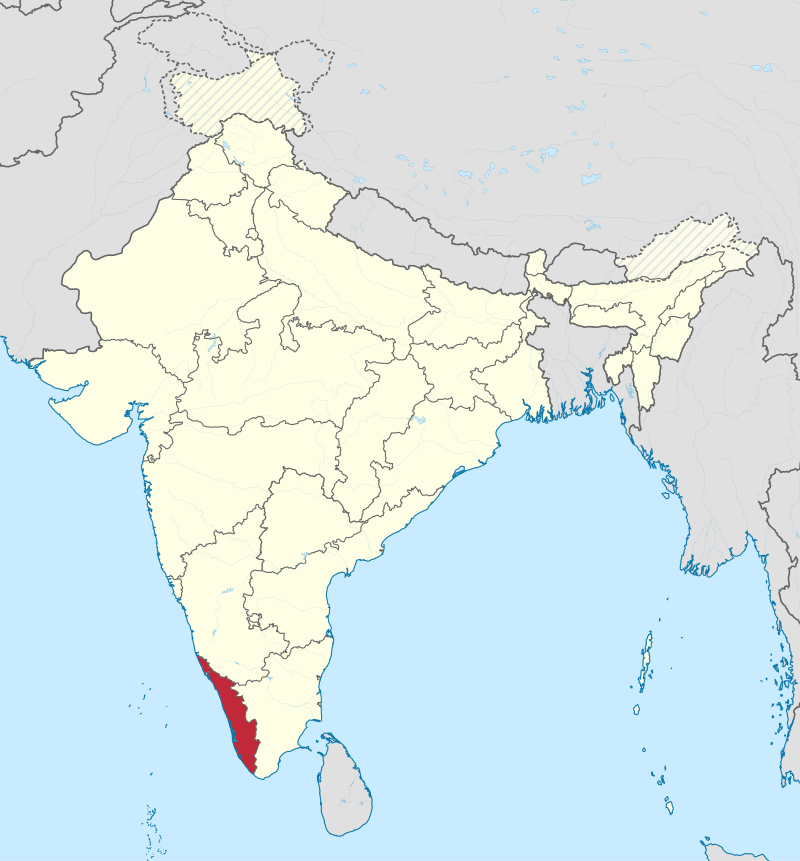
We have covered the Apostles that were the most obscure. So let us now turn our attention to one of the best documented--- the Apostle St. Paul. We won’t cover his whole story here.
We already witnessed his conversion, and his short attempt at preaching, before he left to live in Arabia in the desert for three years praying and meditating, to prepare for his mission to preach. He probably had other private revelations and visions of instructions from our Lord at this time too.
St. Paul was already established as a leader in the Church. He was present in Jerusalem when Herod Agrippa the first died. He was bringing supplies and money from Antioch. St. Paul is the best documented of the Apostles. He earned it. He worked tirelessly and without compromise.
The faithful gathered, in Antioch, for a liturgical mass in 45 AD for guidance in evangelization. It must have been a great feast for the celebrants were the bishops:
St. Paul and Barnabas, Simone Niger (thought to be Simone of Cyren the one who helped Jesus' carry his cross) and Manhen, foster brother of Herod Antipas--the same Herod who questioned Jesus himself. Some speculate that this is how we got some of the information of what happened at Jesus' trial with Herod.
St. Luke says in Acts (13:2) that St. Barnabas and St. Paul were to be set aside for a great work. This begins St. Paul the Evangelist on his first missionary journey.
St. Barnabas and St. Paul headed for Cyprus, Barnarbas' home land, with Barnabas' cousin, the young St. Mark, whose house Pentecost took place. The three traveled the whole island and established a method of preaching first in synagogue, and once rejected there, they turned to the Gentiles.
Preaching through the whole island, they reached the town of Paphos, on the western end. They were asked to explain their doctrine to the Roman proconsul, Sergius Paulos. They were opposed by a Jewish magician, who felt challenged by these foreigners. St. Paul rebuked him and he was stuck blind for his deceit. We are told the proconsul Sergius believed in Christ.
The group of three headed for the main land and they decided to go through the Taurus mountains to the city of Antioch in Pisidia, (Not to be confused with the town of Antioch in Syria) which was a major military colony, the Legion of Lark, started by Julius Caesar. They were mostly soldiers from Gaul (Celtics from western Europe-- mainly France)
The Taurus Mountains would be intimidating to the little group. They towered 2 miles high and the pass to the city they beheld was a real challenge. There were robbers, no rest areas, or towns along the way-- a grueling haul. It was such a challenging decision that St. Mark decided to go home to Jerusalem. But St. Paul and St. Barnabas decided to go on.
Paul and Barnabas entered the synagogue in Antioch and preached; attracting large crowds even of Gentiles. St. Paul debated the Jews and created quite a stir. Thrown out of the synagogue, Paul and Barnabas went to the Gentiles and established a flourishing Christian community. After so many troubles they went southeast, about a hundred miles, to the town of Iconium.
The same pattern was repeated; they preached in the synagogue first, and then to the Gentiles. Again establishing communities. Then went to the Lystra, where St. Paul healed a cripple. He and Barnabas were hailed as gods. Paul and Barnarbas rejected this, saying "we are just men''. The Jews from the nearby towns came to stir up problems, which ended with St. Paul being stoned and being left for dead. He survived, and went to the next town Derbe, establishing another community.
They backtracked through the four towns again, to firm up the faith and ended up on the shores of the Mediterranean, where they started, when St. Mark had left them. Paul and Barnabas sailed back to Antioch in Syria. This was the year of 49 AD; this ended their 4 year first missionary journey.
Continue to next chapter








